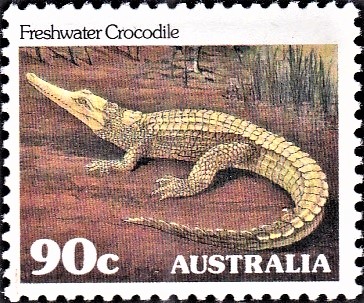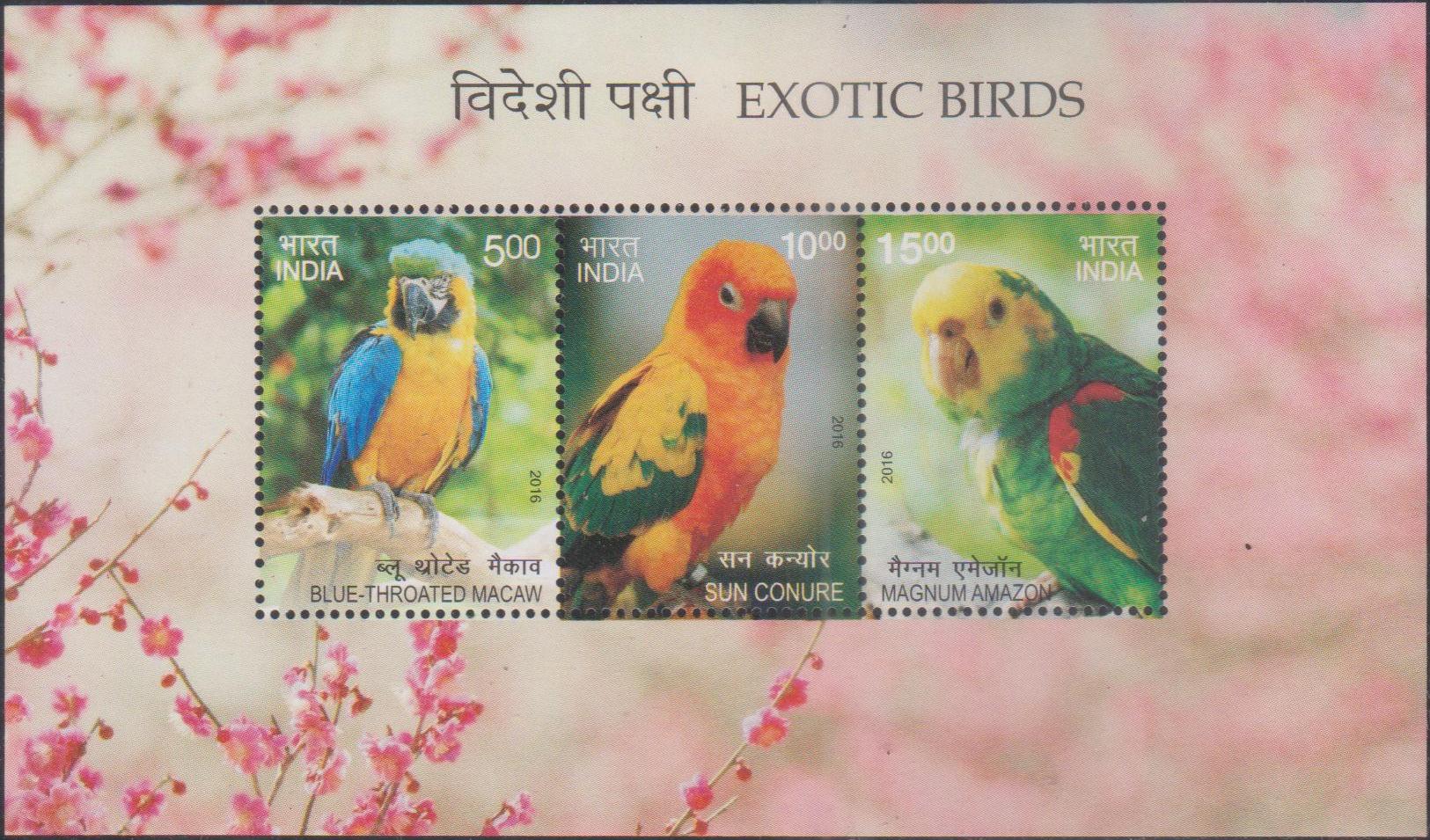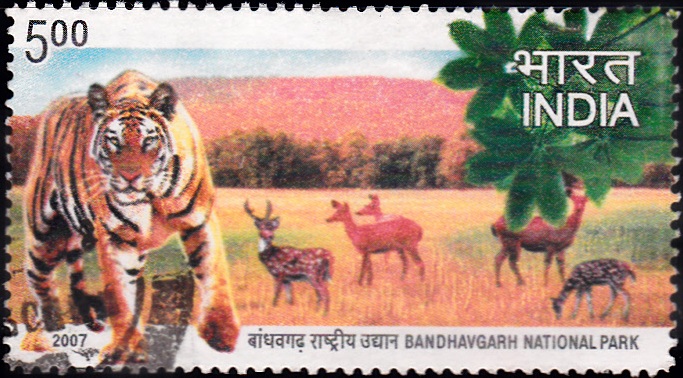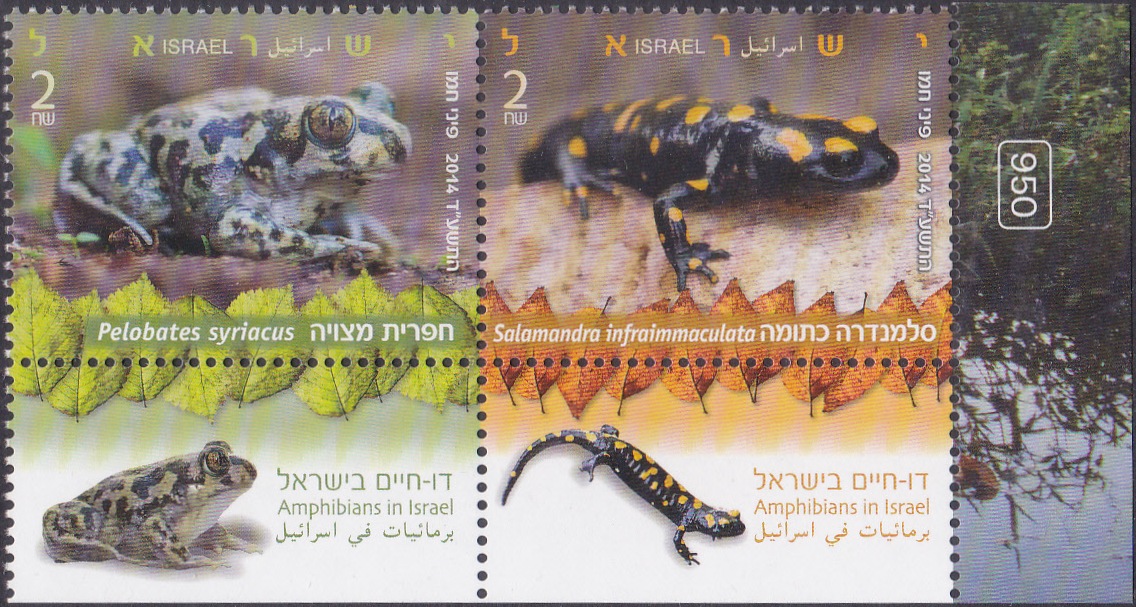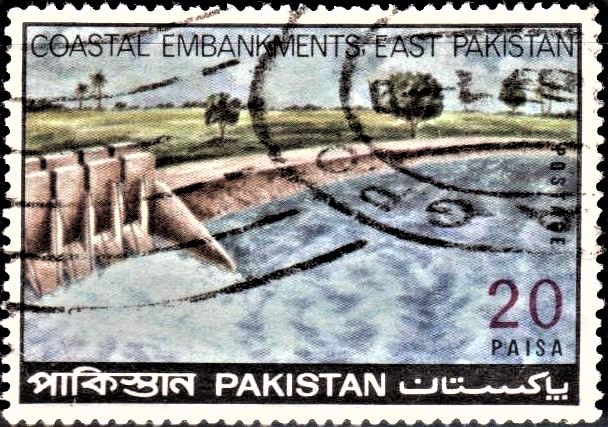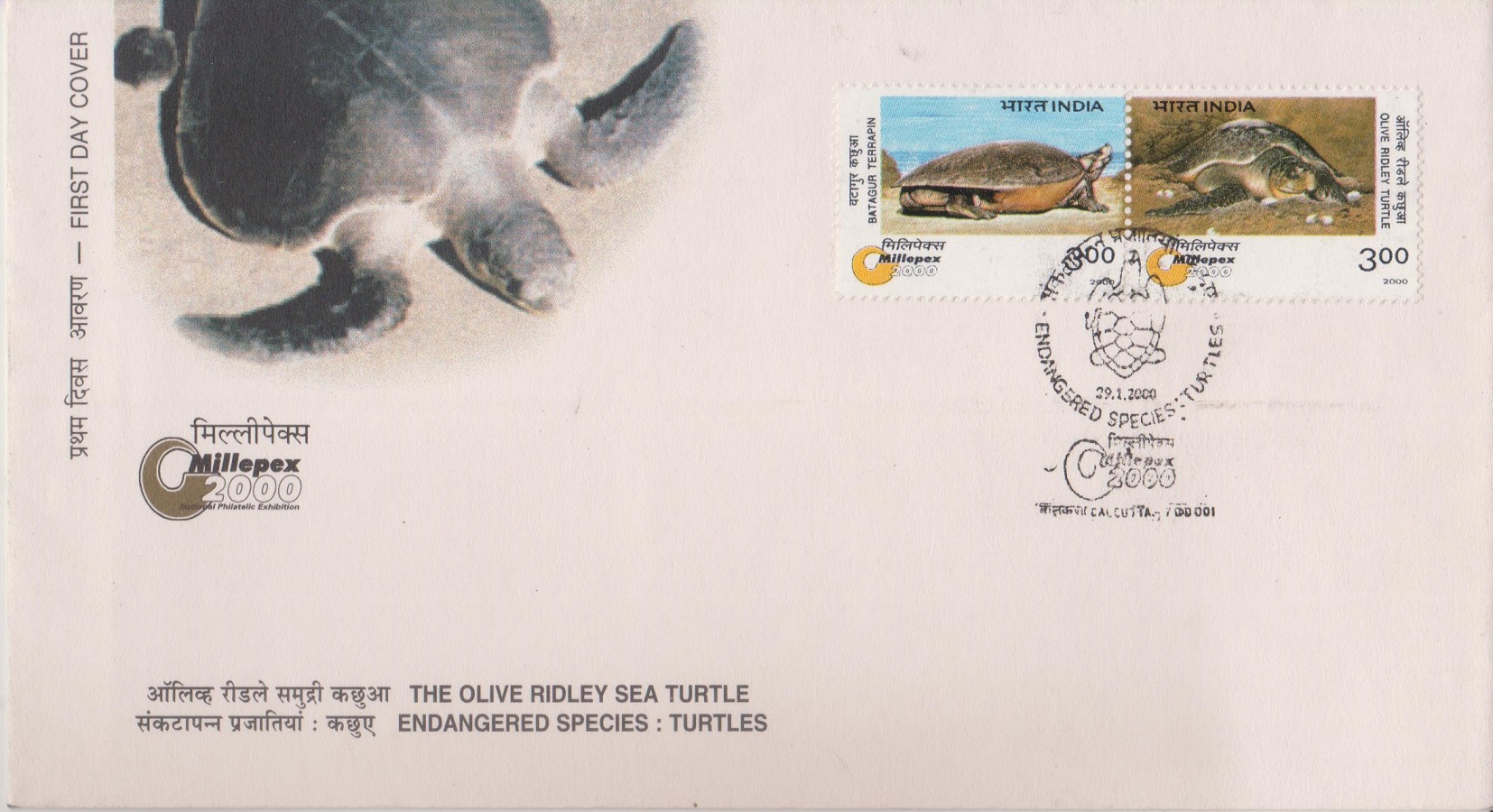
Indian Endangered Species : Turtles
Complete set of 2 nos. of postage stamp on the “Millepex 2000” National Philatelic Exhibition, Bhubaneshwar : Endangered Species : Batagur Baska (Batagur Terrapin) and Lepidochelys Olivacea (Olive Ridley Turtle) :
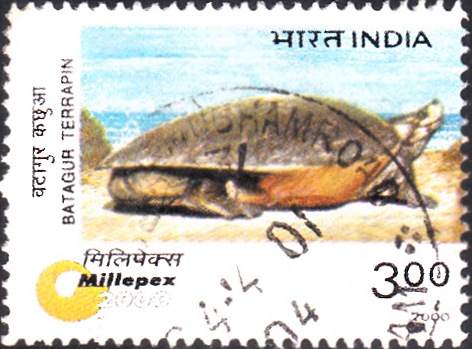
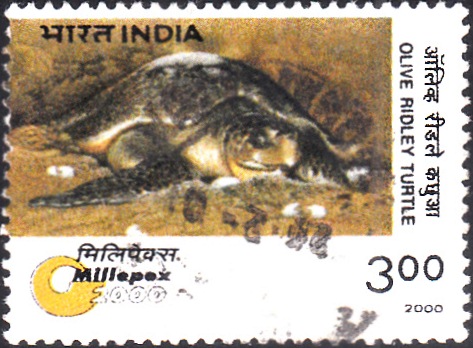
 Issued by India
Issued by India
Issued on Jan 29, 2000
Issued for : The Department of Posts is happy to release these stamps on the occasion of Millipex 2000, the National Philatelic Exhibition being organised at Bhubaneswar.
Credits :
Stamp : Ramesh Sukumar
FDC : Millepex Secretariat, Bhubaneswar
Cancellation : Alka Sharma
Type : Stamps, Postal Used
Colour : Multi Colour
Denomination : 300 & 300 Paise
Overall size : 7.82 x 2.90 cms.
Printing size : 7.45 x 2.54 cms.
Perforation : 13 x 13
Paper : un w/m Adhesive Gravure Coated stamp paper in sheet size 50.8 x 53.5
Stamps Printed : 1 Million
Number per issue sheet : 14 Setenant
Printing Process : Photogravure
Printer : India Security Press, Nashik
About :
- Reptiles were the first vertebrates to occupy the dry land successfully. They are believed to have originated during the Upper Carboniferous period (3000 to 260 million years ago), and descended from amphibians. Dry, scaly skin is one of their most important characteristics, though all scaly animals are not reptiles. The name ‘reptile‘ comes from the Latin word, reptilis, meaning ‘crawling’. Although most reptiles live on land, there are some adapted to aquatic life, like the turtles, which too breed on land. There are four major group of reptiles: the turtles, the crocodiles, the lizards and the snakes. Exploitation of reptile skin has made many of these rare and endangered.
- Turtles belong to the reptilian order “chelonea”, which included the marine and fresh-water turtles, fresh water tortoises or terrapins and the land tortoises. The Department of Posts is now issuing a set of stamps on two endangered species of turtles, viz. the Olive Ridley and the Batagur Baska to highlight the danger of extinction faced by reptiles in general and turtles in particular.
- Olive Ridley turtle is one of the common sea turtles in the Indian subcontinent found in the Gulf of Kutch, coastal waters of Kerala, Tamilnadu, Orissa and Andaman islands. It is protected under Schedule I of the Indian Wildlife Protection Act 1972 as coastal pollution and development projects on sea coasts have had an adverse effect on the species. Olive Ridleys are the smallest of all sea turtles. These nest along the entire length of Orissa coastline wherever there exists a suitable sandy sea beach, but the largest aggregation occurs at three sites viz. Ekakulanasi rookery of Gahirmatha coast and rookeries at Devi and Rushikulya river mouths. The adult is olive brown above and yellowish below. The species is distinguished by the presence of five or more coastal shields on carapace. Olive Ridleys are omnivorous or predominantly carnivorous feeding on fish, crabs, crustaceans, molluscs, jelly fishes, etc. The species is capable of foraging at great depths (up 150 metres or more) in tropical neritic waters and undertake long journeys in search of suitable feeding and breeding grounds. Since 1990 nesting season, mass nesting has become restricted to Orissa coast, particularly the Ekakulanasi rookery. Mass nesting usually occurs when weather conditions are right and the beach is in a particular condition to support mass nesting.
- The Batagur is a moderately large web footed, aquatic species of terrapin. The species is found in fresh, brackish or even salt waters. However, its most favourite habitat is the shallow, muddy, tidal regions at the wide river mouths lined with mangrove or other vegetation. It prefers to nest in a colony on large sand banks with slopes and also on riverine islands. Adequate protection measures are necessary for conservation of the species. Batagur was formerly abundant at the mouth of Hooghly where they were captured in large numbers. For several years there were no reports of its presence and nesting in India. However, it has recently been rediscovered in Sundarbans during March 1998 when some eggs were located. The species was again successfully bred, and in view of the protection being accorded to the habitat by Project Tiger authorities of Sundarbans, it is hoped that the terrapin will establish itself in its erstwhile habitat – the Hooghly–Hatla estuaries.
- Text : Based on material from “Endangered animals of India and their conservation“: S.H. Nair, and “Bhitarkanika: Myth and Reality“, co-authored by Dr. C.S. Kar.


